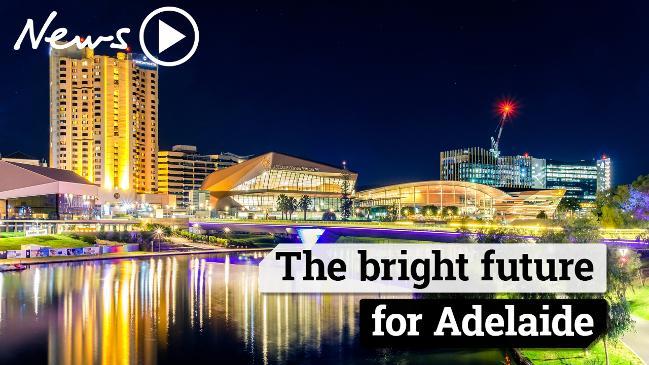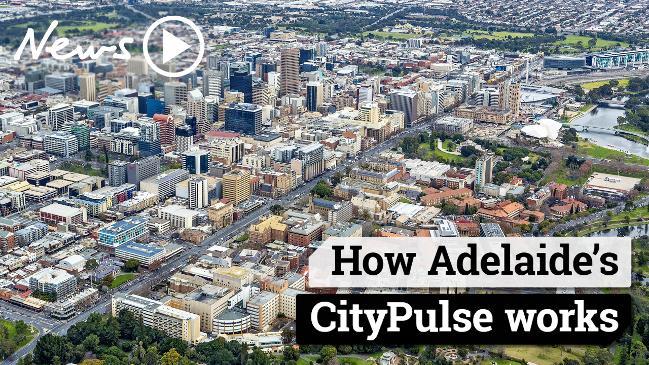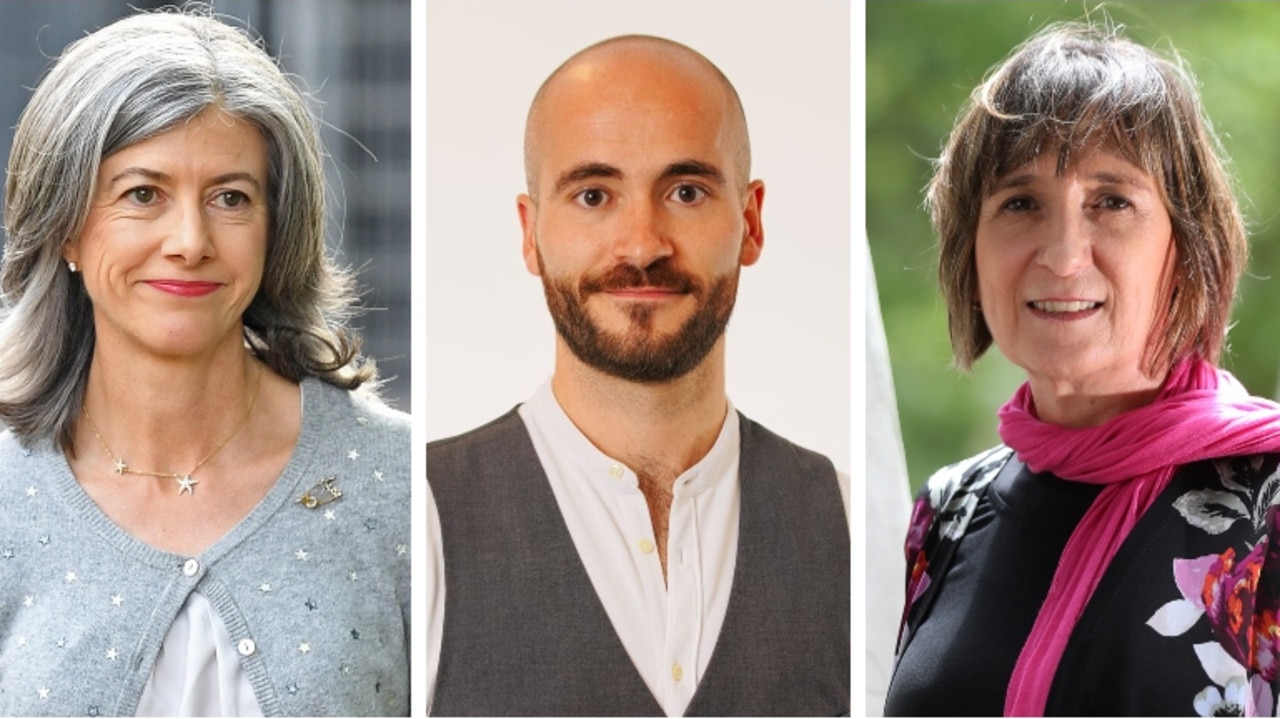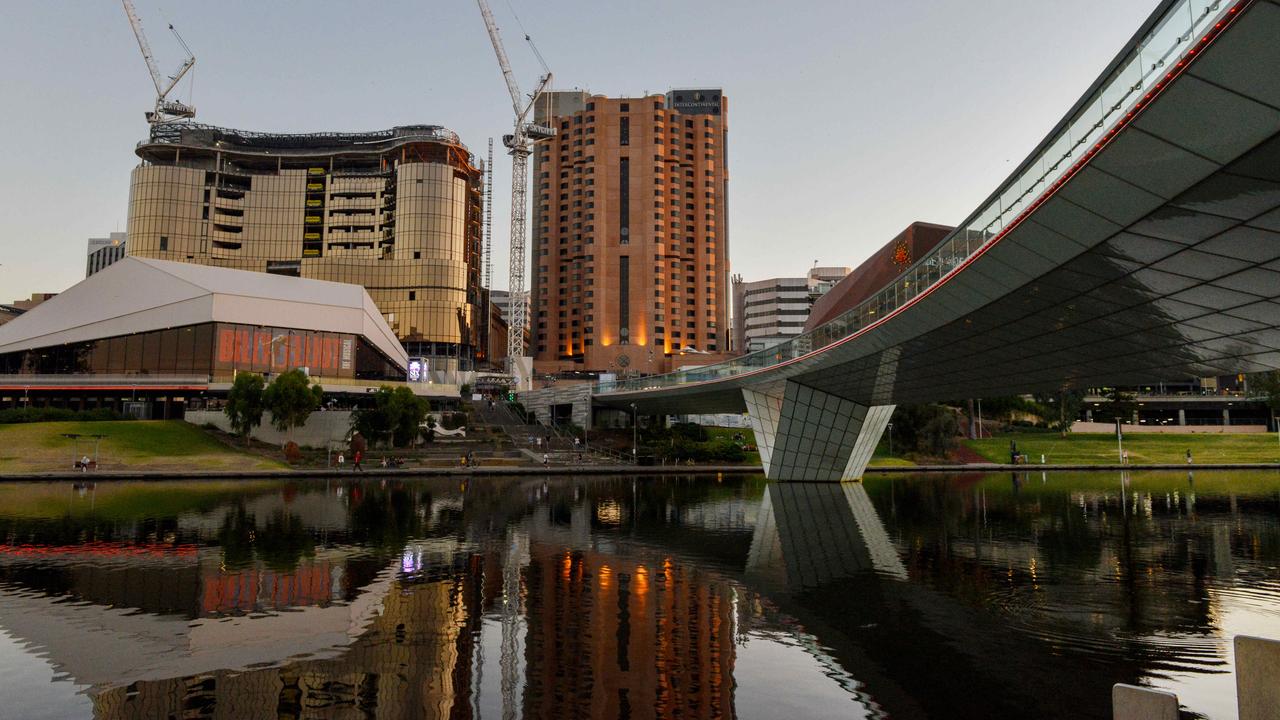PwC CityPulse research says a City Deal would capitalise on Adelaide’s share of $90bn naval shipbuilding program
ADELAIDE is poised for extensive growth kickstarted by a $90 billion naval shipbuilding program — but must start planning transport, education and housing changes now to ensure the benefits stretch across the state, new research finds.

- CITY GROWTH: Adelaide’s top 10 suburbs to live, work and play
- ANALYSIS: We need a deal to keep these shipbuilding jobs
- TRAFFIC: Techport bottleneck threatens to stifle growth
- JAMIE BRIGGS: Right plan can help SA make the most of defence
- EDITORIAL: Time for new deal to drive city’s future
ADELAIDE is poised for extensive growth kickstarted by a $90 billion naval shipbuilding program — but must start planning transport, education and housing changes to ensure the benefits stretch across the state, innovative new research finds.
In a detailed report into how the city lives, works and plays, professional services firm PwC finds Adelaide’s lifestyle and relatively easy commutes make it stand out from interstate competitors.
The CityPulse research, revealed as The Advertiser continues the Future Adelaide campaign, finds South Australia has “incredible growth opportunities on the horizon”.
These are particularly pronounced for the northwestern suburbs, where a revival can be triggered by multi-generational projects at Osborne’s naval shipyard to build future Australian submarine and frigate fleets.

A federal-state City Deal is recommended to unlock funds to transform Adelaide’s infrastructure, education system, housing and transport to cater for an influx of workers.
Federal Defence Industry Minister and senior SA Liberal Christopher Pyne said the historic shipbuilding investment would trigger a watershed moment for the state, convincing more people to stay in and relocate to Adelaide.
The PwC report also finds Adelaide’s most liveable suburbs mostly are clustered near tram or O-Bahn routes, which demonstrates a “clear opportunity to enhance light transport options”.
As a result, the new State Government is urged to kickstart a major transport planning update to “fully consider the impact of the future shipbuilding program and the potential population growth for Adelaide”.
TOP 10 SUBURBS TO LIVE, WORK, PLAY
If you are on a mobile device, tap here to see the map in full screen
SA’s predicted 60 per cent share of the $90 billion naval shipbuilding program would create 8000 jobs and boost the state’s annual output, or Gross State Product, by an extra $134.4 billion, an earlier PwC report released last October found.
PwC Adelaide managing partner Kim Cheater said the latest research, which compiles and analyses 35 different statistical measures, demonstrated attracting and retaining talented people in SA needed to be about more than jobs.
“We need to look at what makes the city liveable and ensure we continue to invest in the social and educational infrastructure than makes families put down deep roots,” he said.
“Our universities need to be globally recognised and competitive and deeply connected with industry. They are critical in attracting and retaining talent to the state.”
“Northwestern Adelaide has the potential to be transformed into an extraordinary precinct.”

This involves dramatically overhauling the area surrounding Osborne’s naval shipyard, particularly improving transport by adding a light rail link.
This would enhance the area’s “liveability” rating, which would also reduce pressure on arterial roads bringing workers to shipyard.
Prime Minister Malcolm Turnbull this month said he and a “persuasive” Premier Steven Marshall had discussed striking a City Deal for Adelaide, aimed at co-operating and co-ordinating investments.
The CityPulse report recommends a City Deal to co-ordinate all levels of government and the community on major decisions and unlock investment.
“The situation created by the enormous growth of our state’s defence industry appears to be the perfect candidate for a City Deal approach,” the CityPulse report says.
“Melbourne, Perth, Geelong and Newcastle are all vying to be known as defence hubs, so for South Australia to claim the title of ‘The Defence State’, we will need not only more skilled workers and a world-leading education system, but also more housing, transport and infrastructure in key suburbs to support the growing industry and influx of workers.”

Adelaide University is spearheading a push to transform the old Royal Adelaide Hospital site into a global hi-tech hub as the centrepiece of a City Deal.
Mr Pyne, who last month dismissed the idea of a City Deal centred on the 7ha Old RAH site, said planning for the defence boom had already begun, with the launch this year in Adelaide of the National Shipbuilding College to develop a skilled workforce.
“By grasping the opportunities available, South Australia can be recognised as national leaders in advanced manufacturing and innovation,” he said.
Adelaide’s shipbuilding boom
Next year
AIR WARFARE DESTROYERS
■ By the end of 2019, the Osborne-based Air Warfare Destroyer Alliance is scheduled to have completed the third of three Hobart Class Guided Missile Destroyers.
■ The AWD Alliance includes Defence, ASC and Raytheon Australia. Navantia, the US Navy and Lockheed Martin are also involved.
■ Workforce: At its peak in 2015, about 2500 people were directly employed on the project, but jobs are now being shed.
■ Estimated lifetime cost: In excess of $9 billion
This year
OFFSHORE PATROL VESSELS
■ Construction of two 1700-tonne Offshore Patrol Vessels is scheduled to begin at Osborne later this year.
■ The final 10 OPVs will be built in Western Australia from 2020 to enable workers at Osborne to concentrate on the Future Frigates project. ASC has been sub-contracted by German shipbuilder Lürssen to build the first two vessels.
■ Jobs: The entire project will involve about 400 direct jobs and another 600 in the supply chain but the precise number of Adelaide-based positions is still unclear.
■ Estimated lifetime cost: More than $3 billion.
2020
FUTURE FRIGATES
■ Construction of nine frigates, optimised for anti-submarine warfare is scheduled to begin in Adelaide from 2020. The first frigate would come into service in the late 2020s.

■ BAE Systems, Fincantieri and Navantia are short-listed for the project and the federal Government is expected to announce a preferred tenderer within weeks.
■ Jobs: about 2000 direct jobs and 5000 more in the supply chain.
■ Estimated lifetime cost: $35 billion
2022-23
FUTURE SUBMARINES
■ France’s Naval Group (formerly DCNS) won the contract to deliver 12 submarines.
■ Construction likely to start in Adelaide in 2022 or 2023 with first submarine to enter services in the 2030s.

■ Construction will extend into the late 2040s with the last of the 12 boats likely to enter service in the early 2050s.
■ Jobs: Estimated 2800 direct jobs, including 1700 in Adelaide and thousands more in the supply chain.
■ Estimated lifetime cost: $50 billion



